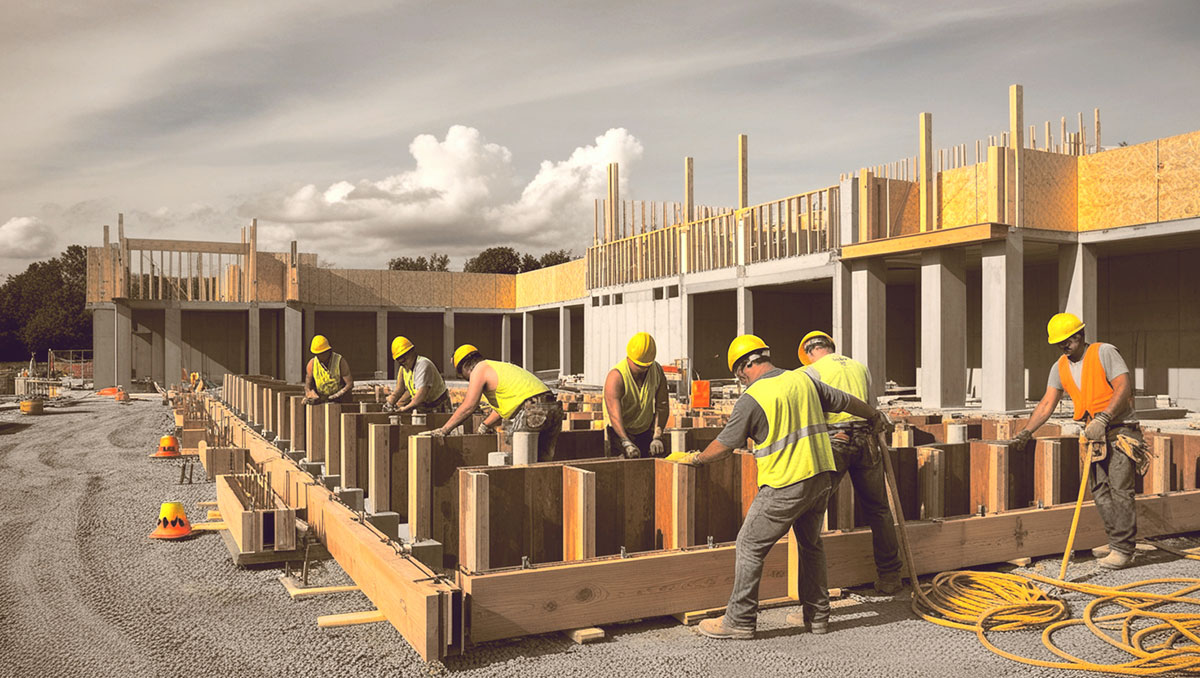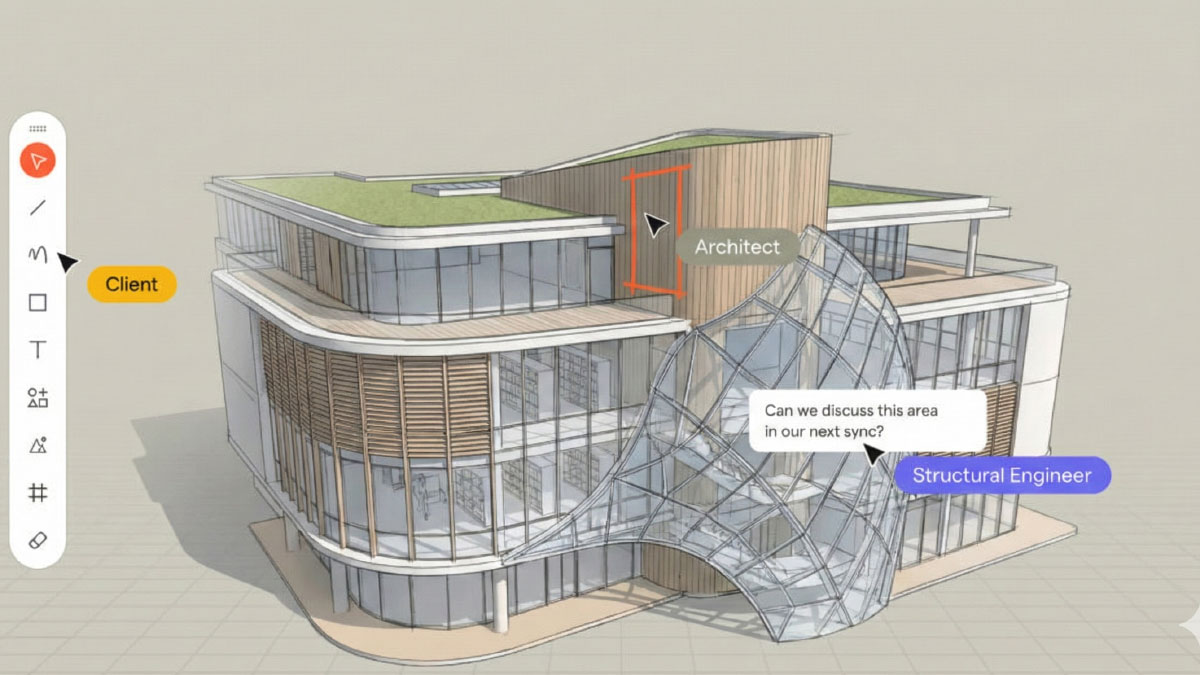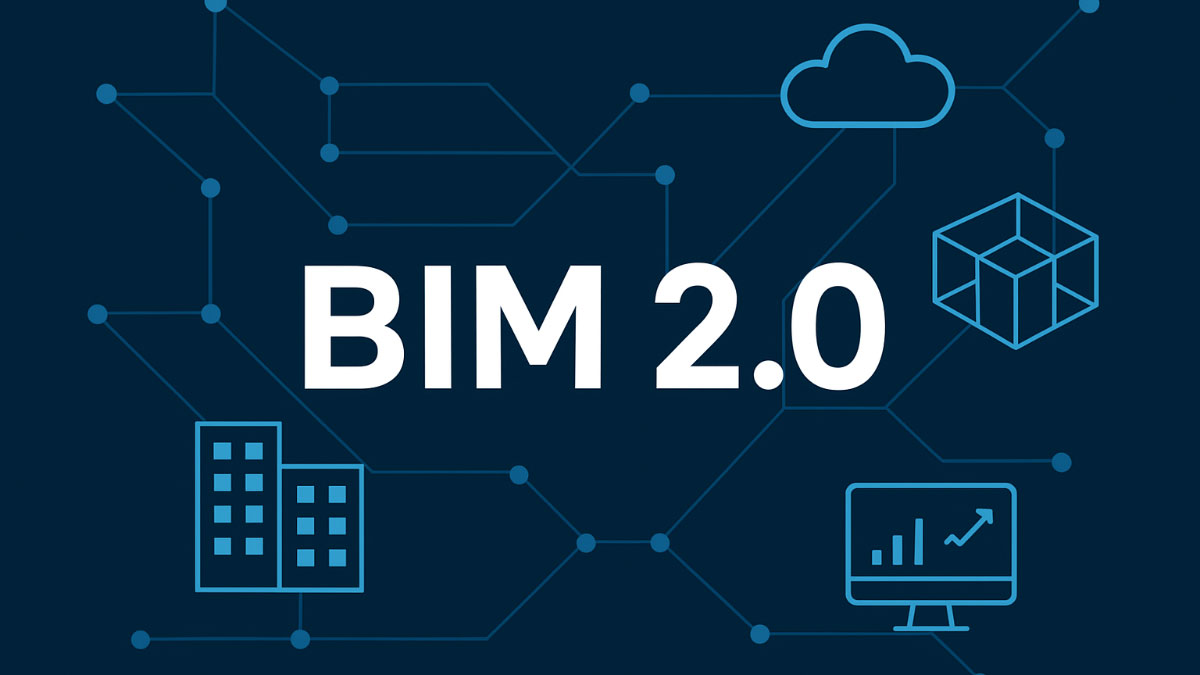Accuracy and efficiency in project construction involving formwork for complex concrete structures, is always a challenge. However, the use of BIM (Building Information Modelling) helps to improve the design and management of formwork on construction sites. Specifically, it brings the following benefits:
The use of detailed 3D models makes it possible to predict exactly how the formwork should be configured at each stage of the project. Complex geometries, especially in civil engineering or unconventional architectural structures, can be accurately modelled and adjusted before arriving on site. Using parametric families and dimensional formulas in software such as Revit and others, the formwork design of the structural elements is carried out. This reduces the need for modifications or adjustments, saves time and avoids errors.
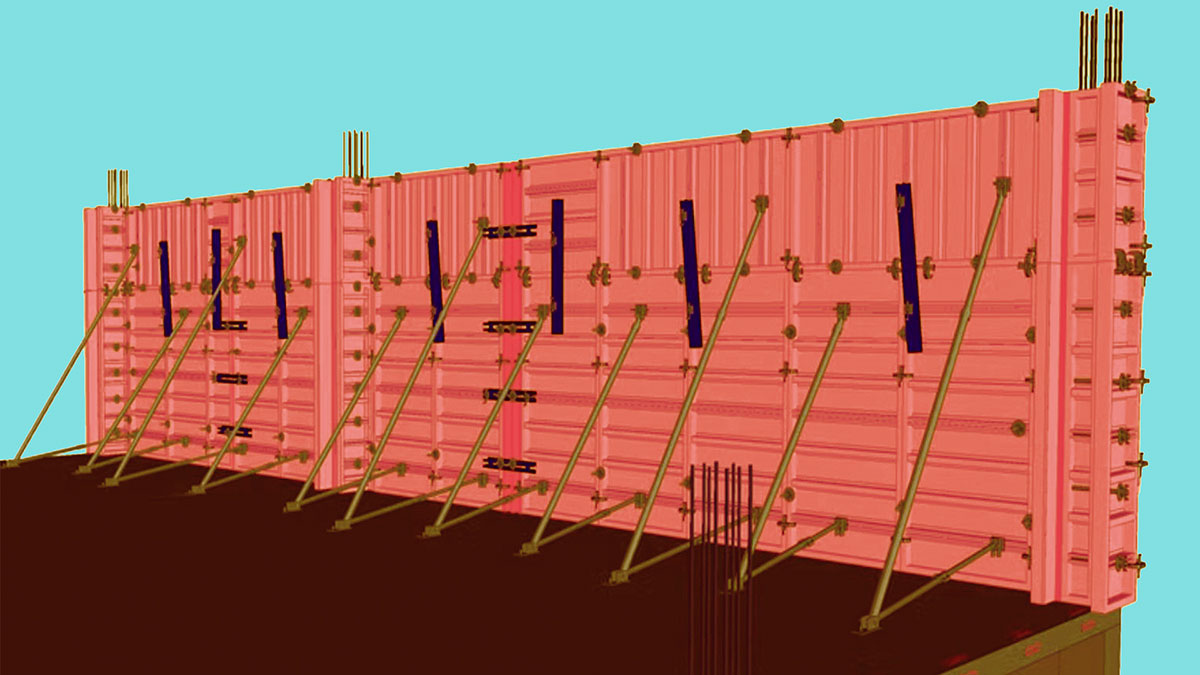
Another of the great advantages of BIM is the detection of interferences. By integrating the formwork into the complete model of the structure, programmes such as Navisworks make it possible to anticipate problems and conflicts on site and resolve them in advance.
The use of BIM also allows for precise calculations of the quantity of materials required for the formwork (boards, props, reinforcement, etc.). This level of control minimises material waste, which in turn reduces costs and contributes to more sustainable construction. Furthermore, thanks to this methodology, the use of reusable formwork systems can be planned more efficiently.
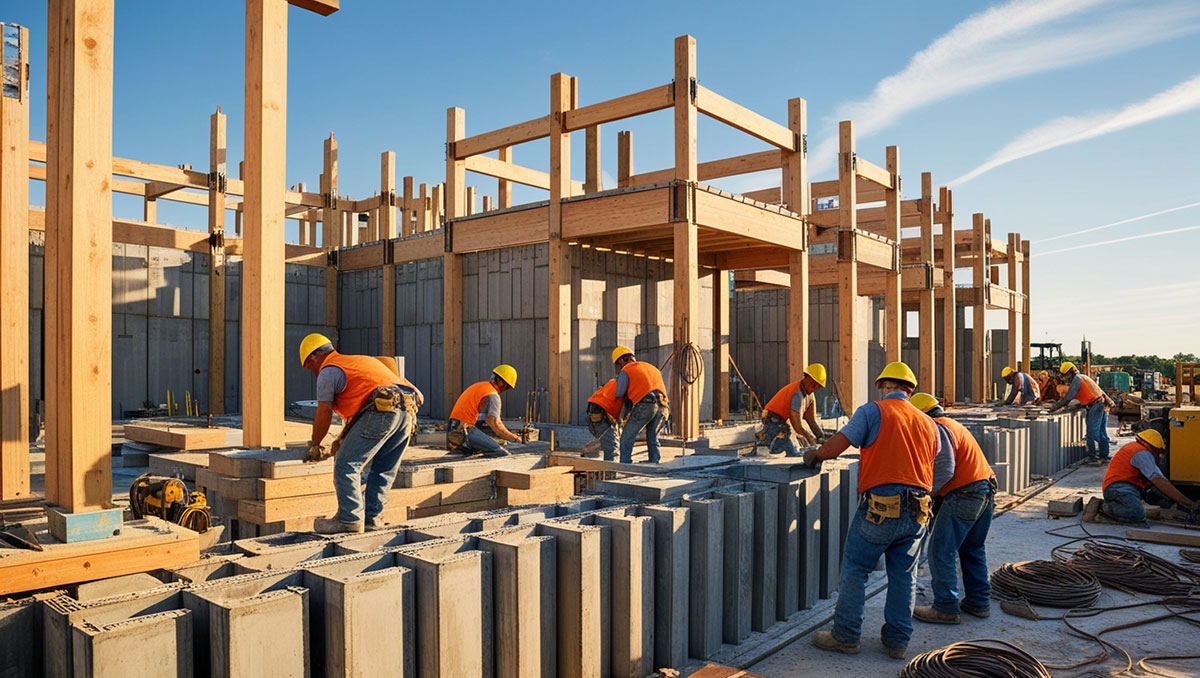
Another advantage is the creation of more precise schedules by linking the 3D model with the site planning. With software such as Navisworks, or Syncro, construction teams can better coordinate formwork erection and dismantling times, therefore optimising the use of labour and equipment.
Coordination is also facilitated, as all project stakeholders (engineers, contractors, formwork suppliers) can work in a collaborative environment with real-time information, as in the Autodesk ACC platforms.
Reduced errors, optimisation of materials and improved planning and logistics help to minimise additional costs due to delays or modifications. Finally, the BIM model of the construction project can be used in future phases, such as maintenance or as-built reviews, which adds long-term value.
By David González Molina, BIM manager in Amusement Logic’s Architecture Department


